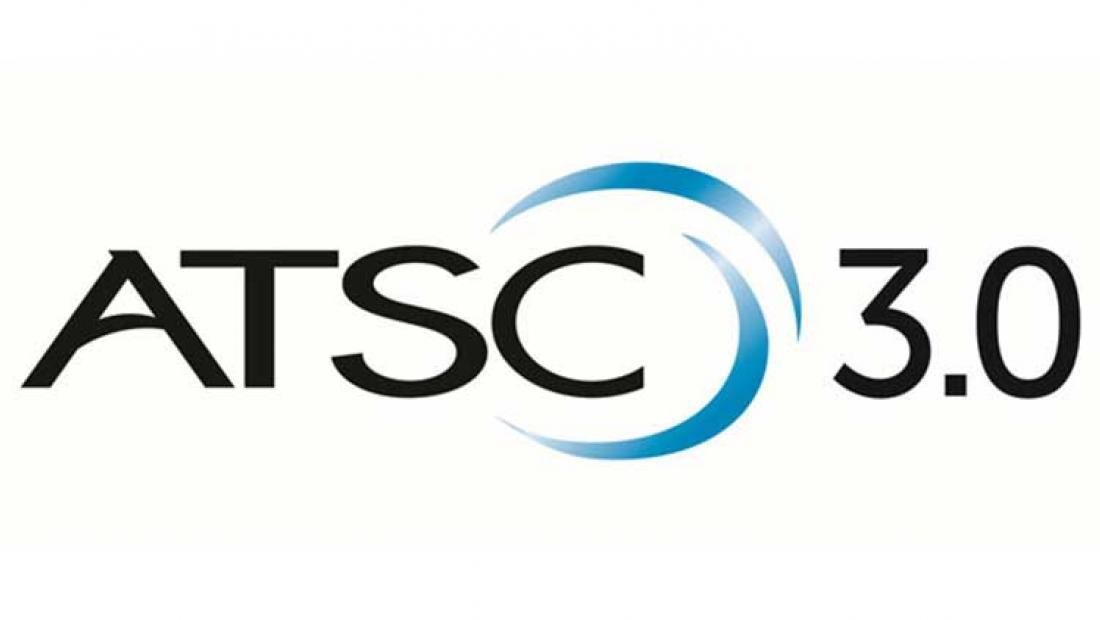Hybrid IP/Broadcast Data: With Opportunities Come Ethical Concerns

For decades, broadcasters have been forced to rely on third parties such as Nielsen Media Research for data on their audiences. Today, data is power. It shapes targeted advertising strategies and programming decisions, and broadcasters find themselves at a significant disadvantage compared to OTT services who can collect and analyze very detailed audience data sets. While standards such as ATSC 3.0 and HbbTV can level the data playing field for broadcasters, before proceeding they should look closely at experiences with user data in the recent past.

ATSC 3.0 and HbbTV are designed to bring new viewer experiences in environments where the broadcast receiver also has an internet connection. ATSC 3.0 is a digital broadcast standard that is being rolled out in North America, South Korea, and other countries. It uses IP as the transport protocol for delivery of video and other content. HbbTV is a standard that brings together digital broadcast-delivered content and IP-delivered content into a single experience. It has been in use in Europe and other locations since 2011.
Using either of these standards, broadcasters can create apps for these receivers and collect data directly from their viewers via the internet. Since these are IP-based apps, broadcasters may have access to most of the viewer data an app can collect from the platform it is running on, including:
- Device location
- Device environment information (OS, browser type, etc.)
- App usage patterns
- Contextual data from other apps on the user’s device
For broadcast video, the app would collect time stamp information about when the broadcast replay was started and stopped. The broadcaster can compare the time stamp data to the broadcast time data to determine which content and commercials (if any) were watched.
Broadcasters can also work with a number of third-party services to gather profiles of user activity across multiple devices and “off-line” user data that could include such information as home and car ownership, income, purchase patterns, etc. Typically, broadcasters will also have access to data exposed by the user and the user’s device such as names, email addresses, mobile phone numbers, IP addresses and device IDs.
Access to all of this data can enable broadcasters to both provide their viewers with a more attractive experience and increase revenue. But first, they should carefully weigh those benefits against the potentially negative legal and financial consequences that could arise from its misuse.
Quite often this sort of data is referred to as “toxic.” Much of it is subject to laws and regulations that govern how companies collect, use and store consumers’ personally identifiable information (PII). The most notable is the EU’s GDPR, but there are others. For example, California and Vermont this year passed legislation that aggressively addresses data privacy that, like the GDPR, has broad-reaching ramifications around companies’ collection and usage of personal data. At the federal level, the Trump administration is reportedly crafting a set of data privacy protections to guide state and federal lawmakers as they consider similar legislation.
The smarter way to stay on top of broadcasting and cable industry. Sign up below
This data is also often targeted by cyber attackers, and a successful breach that exposes PII will also most certainly result in government action, litigation and long-term brand damage. Companies can also be damaged when consumer data they collect is misused either by themselves or third parties they do business with. Facebook’s issues with Cambridge Analytica is just the latest example.
Broadcasters have a long history of providing passive and comforting entertainment experiences. Aggressive collection and use of viewer data for targeting can feel “creepy” to viewers. Still, the ability to collect, analyze and use this data is becoming critical to improving audience engagement, creating new revenue streams and improving programming decisions. Therefore, as broadcasters go down the path of data-driven business models, they should ask themselves two key questions:
- What are the minimally viable data-driven experiences that can easily enhance the viewing experience as well as provide business value?
- What is the minimum amount of data we need to collect and hold to provide these experiences?
Additionally, they should take steps to ensure that any data collection and its purpose are crystal clear to viewers. Broadcasters must receive permission from their viewers to collect their data, and the good news is that consumers typically allow data collection if they perceive benefits for themselves. Any systems broadcasters that handle this data should be vetted to ensure they appropriately handle it securely and with respect for viewer privacy.
